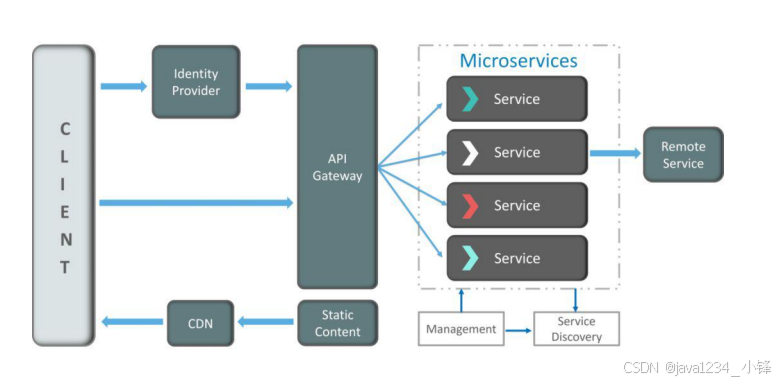参考学习:B站-逊哥带你学编程
栈的定义与实现

补充:
栈是限制插入和删除操作只能在一个位置进行的表,该位置是表的末端,叫作栈顶(top)。
对栈的基本操作有进栈(push)和出栈(Pop),前者相当于插入后者则是删除最后插入的元素。
栈的顺序结构实现

#define MAXSIZE 100
typedef int ElemType;typedef struct
{ElemType data[MAXSIZE];int top;
}Stack;栈的顺序结构-初始化
void initStack(Stack *S)
{S->top = -1;
}
栈的顺序结构-判断栈是否为空
int isEmpty(Stack *S)
{if(S->top == -1){printf("Stack is empty\n");return 1;}return 0;
}
栈的顺序结构-进栈/压栈
int push(Stack *S, ElemType e)
{if(S->top >= MAXSIZE-1){printf("Stack is full\n");return 0;}S->top++;S->data[S->top] = e;return 1;
}
栈的顺序结构-出栈
ElemType pop(Stack *S, ElemType *e)
{if(S->top == -1){printf("Stack is empty\n");return 0;}*e = S->data[S->top];S->top--;return 1;
}
栈的顺序结构-获取栈顶元素
int getTop(Stack *S, ElemType *e)
{if(S->top == -1){printf("Stack is empty\n");return 0;}*e = S->data[S->top];return 1;
}栈的顺序结构-动态内存分配
typedef struct
{ElemType *data;int top;
}Stack;Stack *initStack()
{Stack *S = (Stack *)malloc(sizeof(Stack));S->data = (ElemType *)malloc(sizeof(ElemType)*MAXSIZE);S->top = -1;return S;
}
栈的链式结构实现
typedef int ElemType;typedef struct
{ElemType data;struct stack *next;
}Stack;
图示:

栈的链式结构实现-初始化
Stack *initStack()
{Stack *S = (Stack *)malloc(sizeof(Stack));S->data = 0;S->next = NULL;return S;
}
栈的链式结构实现-判断栈是否为空
int isEmpty(Stack *S)
{if(S->next == NULL){printf("Stack is empty\n");return 1;}return 0;
}栈的链式结构实现-进栈/压栈
int push(Stack *S, ElemType e)
{Stack *p = (Stack *)malloc(sizeof(Stack));p->data = e;p->next = S->next;S->next = p;return 1;
}栈的链式结构实现-出栈
int pop(Stack *S, ElemType *e)
{if(S->next == NULL){printf("Stack is empty\n");return 0;}Stack *p = S->next;*e = p->data;S->next = p->next;free(p);return 1;
}
栈的链式结构实现-获取栈顶元素
int getTop(Stack *S, ElemType *e)
{if(S->next == NULL){printf("Stack is empty\n");return 0;}*e = S->next->data;return 1;
}



















